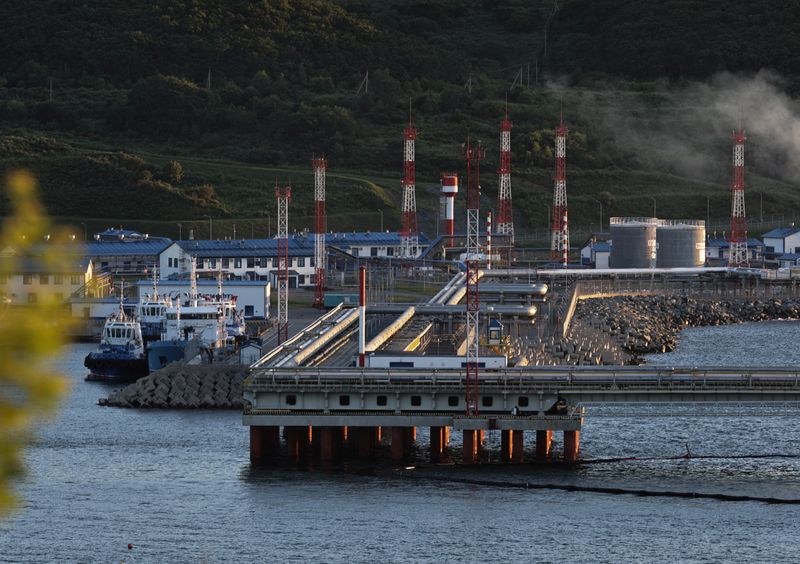Oil rises 2% on supply concerns, expectations for fuel switching
2022.09.14 11:15
[ad_1]

Oil rose about 2% on Wednesday, rebounding from the previous day’s lows, as an international energy watchdog expects an increase in gas-to-oil switching due to high prices this winter, even though the outlook for demand remains gloomy.
futures rose by $1.61 a barrel, or 1.8%, to $94.78 by 10:43 a.m. EDT (1443 GMT). U.S. West Texas Intermediate crude gained $1.89, or 2.1%, to $89.20.
The International Energy Agency (IEA) expects the deepening economic slowdown and a faltering Chinese economy to cause global oil demand to grind to a halt in the fourth quarter of the year.
However, the IEA also said it expects widespread switching from gas to oil for heating purposes, saying it will average 700,000 barrels per day (bpd) in October 2022 to March 2023 – double the level of a year ago. That, along with overall expectations for weak supply growth, helped boost the market.
Global observed inventories fell by 25.6 million barrels in July, the IEA said.
U.S. inventories rose last week, once again boosted by the ongoing releases from the Strategic Petroleum Reserve (SPR), latest government data showed. Commercial stocks rose by 2.4 million barrels as 8.4 million barrels were released from the SPR, part of a program scheduled to end next month. [EIA/S]
“The crude number suggests that once we wind down the clock on the Strategic Petroleum Reserve release, we’re going to see substantial drawdowns in inventories so that’s keeping oil high,” said Phil Flynn, an analyst at Price Futures Group in Chicago.
The Organization of the Petroleum Exporting Countries (OPEC) on Tuesday said global oil demand in 2022 and 2023 will come in stronger than expected, citing signs that major economies are faring better than expected despite challenges such as surging inflation.
The market had earlier traded lower on demand concerns as global central banks continue to raise interest rates to curb inflation.
The European Central Bank’s (ECB) chief economist, Philip Lane, repeated the bank’s pledge to continue raising interest rates with its focus on inflation.
Higher energy prices remain a “dominant driving force of inflation” in the euro zone, Lane said.
A hotter than expected U.S. inflation report on Tuesday also dashed hopes the Federal Reserve could scale back its rate policy tightening in the coming months.
Fed officials are set to meet next Tuesday and Wednesday, with inflation way above the U.S. central bank’s 2% target.
[ad_2]
Source link








